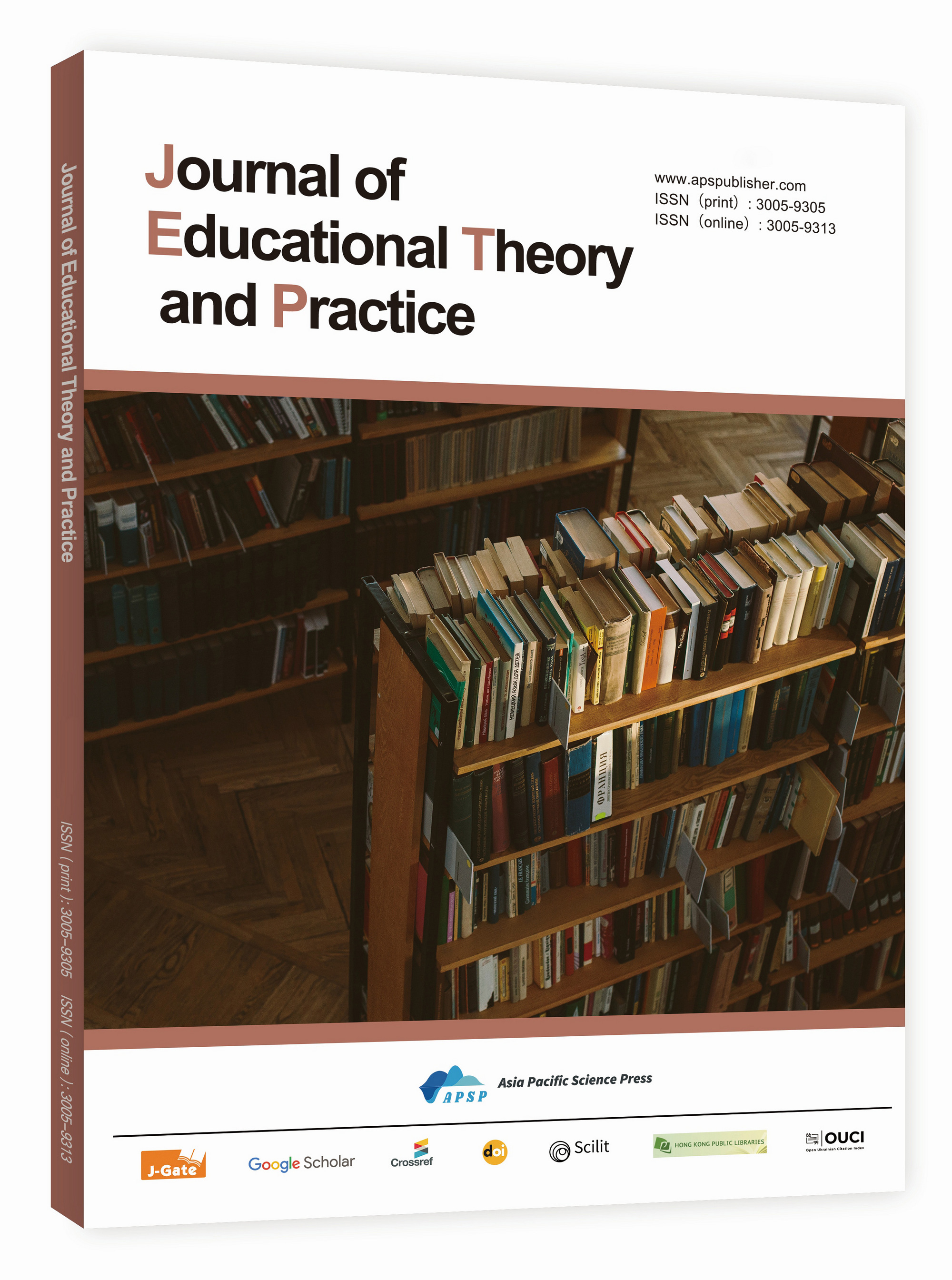Aerial Storytelling for Local Identity: Redesigning Drone Photography Course through a Conghua Cultural Landmark Project
DOI:
https://doi.org/10.62177/jetp.v2i2.360Keywords:
Drone Photography Education, Project-Based Learning, Local Cultural Heritage, Local Identity, Curriculum Design, Cultural AwarenessAbstract
With the growing prevalence of drone technology in photography education, innovative teaching methodologies are increasingly crucial for effectively enhancing students' skills and competencies. This paper presents the design and implementation of a Project-Based Learning (PBL) drone aerial photography course centered on local cultural heritage, using a student photography project focused on cultural landmarks in Conghua, Guangzhou, as a case study. The paper particularly examines how the course, through the PBL model, effectively integrates technical drone operation and aerial photography skills with local cultural understanding, thereby promoting the holistic development of students' comprehensive abilities. Findings demonstrate that the course significantly enhanced students' learning engagement, improved their technical proficiency in drone operation and aerial photography, and deepened their awareness of and sense of identity with the local culture of Conghua. This study offers significant practical and theoretical insights for innovating photography education models and fostering a deeper integration of technology and cultural education.
Downloads
References
Almulla, M. A. (2020). The effectiveness of the project-based learning (PBL) approach as a way to engage students in learning. Sage Open, 10(3), 2158244020938702.
Bowen, G. A. (2009). Document analysis as a qualitative research method. Qualitative research journal, 9(2), 27-40.
Bruner, J. S. (1991). The narrative construction of reality. Critical Inquiry, 18(1), 1-21.
Cosgrove, D. (1984). Social formation and symbolic landscape. Croom Helm.
Cooksey, R. W., & Cooksey, R. W. (2020). Descriptive statistics for summarising data. Illustrating statistical procedures: Finding meaning in quantitative data, 61-139.
Clarke, V., & Braun, V. (2017). Thematic analysis. The journal of positive psychology, 12(3), 297-298.
Cosgrove, D. (1984). Social Formation and Symbolic Landscape. Croom Helm.
Duncan, J. S., & Duncan, N. C. (1992). Research on cultural landscape. In The dictionary of human geography (3rd ed., pp. 116-117). Blackwell.
Fisher, W. R. (1987). Human communication as narration: Toward a philosophy of reason, value, and action. University of South Carolina Press.
Hardy, J. (2017). Storytelling in organizations: Why narrative matters in great leaders. Routledge.
Hatano, G., & Inagaki, K. (1986). Two courses of expertise. In H. Stevenson, H. Azuma, & K. Hakuta (Eds.), Child development and education in Japan (pp. 262–272). Freeman.
Kirshenblatt-Gimblett, B. (1998). Destination culture: Tourism, museums, and heritage. University of California Press.
Kaplan, C. (1994). The King's Two Genders: Questions of Difference and Representation. differences: A Journal of Feminist Cultural Studies, 6(2-3), 185-212.
Lillesand, T., Kiefer, R. W., & Chipman, J. (2015). Remote Sensing and Image Interpretation (7th ed.). Wiley.
Mishra, P., & Koehler, M. J. (2006). Technological Pedagogical Content Knowledge: A framework for teacher knowledge. Teachers College Record, 108(6), 1017-1054.
Mann, C. J. (2003). Observational research methods. Research design II: cohort, cross sectional, and case-control studies. Emergency medicine journal, 20(1), 54-60.
McKee, R. (1997). Story: Substance, structure, style, and the principles of screenwriting. HarperCollins.
Mathiyazhagan, T., & Nandan, D. (2010). Survey research method. Media Mimansa, 4(1), 34-45.
Ng, W. S., & Cheng, G. (2019). INTEGRATING DRONE TECHNOLOGY IN STEM EDUCATION: A CASE STUDY TO ASSESS TEACHERS'READINESS AND TRAINING NEEDS. Issues in Informing Science & Information Technology, 16.
Phillips, B. (n.d.). Essentials of Successful Storytelling. Research Communications Toolbox, Boise State University.
Piaget, J. (1972). The psychology of the child. Basic Books.
Pluye, P., García Bengoechea, E., Granikov, V., Kaur, N., & Tang, D. L. (2018). A world of possibilities in mixed methods: review of the combinations of strategies used to integrate qualitative and quantitative phases, results and data.
Roque, M. I. (2022). Storytelling in Cultural Heritage: Tourism and Community Engagement. In Storytelling in Cultural Heritage: Tourism and Community Engagement. IGI Global.
Ryan, M. (2004). Narrative as virtual reality: Immersion and interactivity in narrative environments. Johns Hopkins University Press.
Relph, E. (1976). Place and placelessness. Pion.
Richter, K. F., & Winter, S. (2014). Landmarks. Springer Cham Heidelberg New York Dordrecht London. doi, 10(978-3), 1.
Smith, L. (2006). Uses of heritage. Routledge.
Squire, C. (2008). Methodological master class: Analysing narrative and biographical data. Qualitative Research, 8(2), 226-241.
Sauer, C. O. (1925). The morphology of landscape. University of California Press.
Suri, H. (2011). Purposeful sampling in qualitative research synthesis. Qualitative research journal, 11(2), 63-75.
Said, E. W. (1978). Orientalism. Pantheon Books.
Sheppard, S. R. J. (2012). Visualizing Climate Change: A Guide to Visual Communication of Climate Change and Developing Local Solutions. Routledge.
Stauffacher, M., Flüeler, T., Krütli, P., & Scholz, R. W. (2006). Analytic and dynamic aspects of collaboration: A transdisciplinary case study of a contested transboundary waste disposal site. Global Environmental Change, 16(2), 179-194.
Strand, K., Marullo, S., Cutforth, N., Stoecker, R., & Donohue, P. (2003). Community-Based Research and Higher Education: Principles and Practices. Jossey-Bass.
Downloads
How to Cite
Issue
Section
License
Copyright (c) 2025 Akun Zhao, Gang Xu, Kaihong Liu

This work is licensed under a Creative Commons Attribution-NonCommercial 4.0 International License.
DATE
Accepted: 2025-05-23
Published: 2025-06-09

















